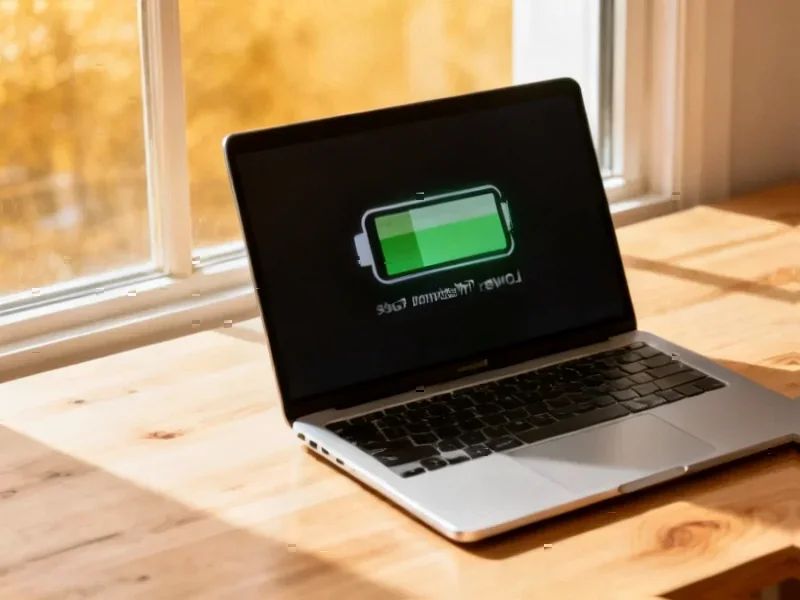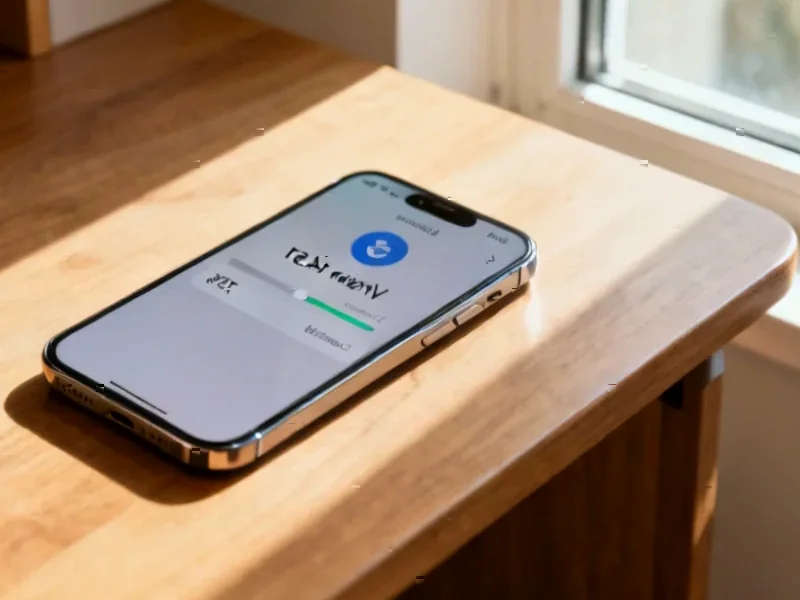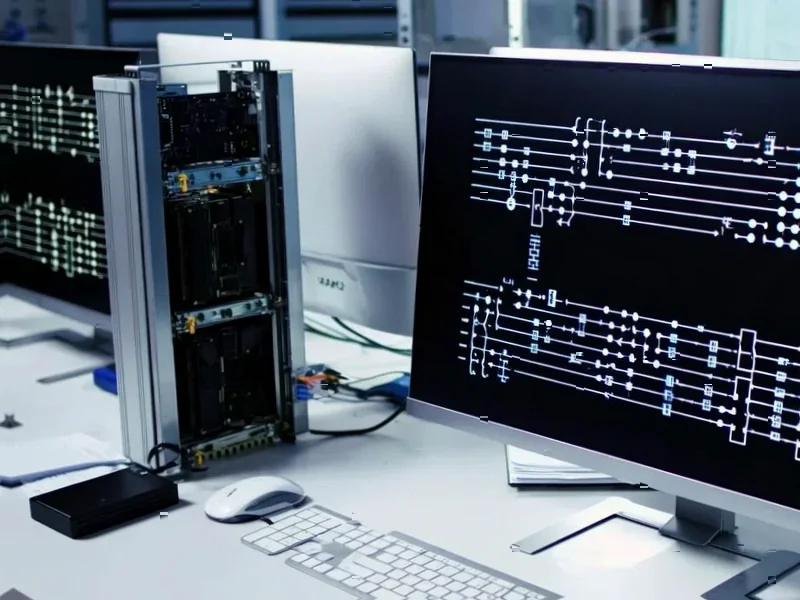According to 9to5Mac, Apple is actively developing a cheaper MacBook powered by an iPhone processor that will cost well under $1000. The device, code-named J700, is currently in testing and early production with suppliers and is scheduled to launch in the first half of 2026. It will feature Apple’s A-series chip rather than the M-series processors used in current Macs and will have a smaller display than the 13.6-inch MacBook Air. This marks Bloomberg’s Mark Gurman first reporting on the budget notebook, corroborating earlier claims from analyst Ming-Chi Kuo about an A18 Pro-powered MacBook entering production in late 2025 or early 2026. The machine represents Apple’s most significant push into the sub-$1000 laptop market through its own retail channels.
The strategy shift
Here’s the thing – Apple doesn’t do discounts through its own stores. Like, ever. The only way to get Apple hardware for less than retail price is through third-party retailers or refurbished units. So if Apple actually sells this cheaper MacBook through apple.com and Apple Stores, that’s a massive shift in strategy.
Right now, the cheapest new MacBook you can buy directly from Apple is the M4 MacBook Air at $999. Walmart sells the older M1 MacBook Air for $649, but that’s through Walmart, not Apple. This new machine would be Apple’s first direct-to-consumer sub-$1000 laptop since… well, I can’t even remember the last time.
Why now makes sense
Look, the education market has been dominated by Chromebooks for years. And Windows laptops under $500 are everywhere. Apple’s been completely absent from that conversation unless you count the iPad – which, let’s be honest, isn’t a real laptop replacement for most people, even with a keyboard case.
Gurman frames this as an iPad alternative, which is interesting. Many iPad Pro configurations already cost as much as a MacBook Air when you add the Magic Keyboard. So why not just offer a real laptop at that price point? Basically, Apple might be realizing that the iPad-as-computer experiment has its limits.
The chip confusion
This is where it gets really interesting. Since the Apple silicon transition, every Mac has used an M-series chip. Even the iPad Pro and iPad Air moved to M-series processors. The A-series chips have been relegated to iPhones and the base iPad models.
So why go back to A-series for a Mac? Cost, obviously. But also segmentation. Apple can position this as the “entry-level” Mac experience while keeping the M-series for the premium models. It creates clearer separation in their product lineup.
Remember, Apple technically released an A-series Mac mini before – the Developer Transition Kit. But that was never sold to consumers. This would be the first time regular people could buy an A-series Mac.
What this means for the market
If Apple actually pulls this off, it could seriously disrupt the budget laptop space. Chromebook makers should be nervous. Windows laptop vendors in the $500-$800 range should be very nervous.
Think about it – you get macOS, Apple’s build quality, and that entire ecosystem for well under a grand. For students, families, and anyone who just needs a reliable computer for basic tasks, that’s incredibly compelling. The question is whether Apple can deliver a good experience with iPhone-level chips in a laptop form factor.
We’ll be watching this one closely as we approach that 2026 timeframe. In the meantime, you can follow 9to5Mac on Twitter for the latest updates, check out their YouTube channel, or read more about Apple’s chip strategy at Howl.




